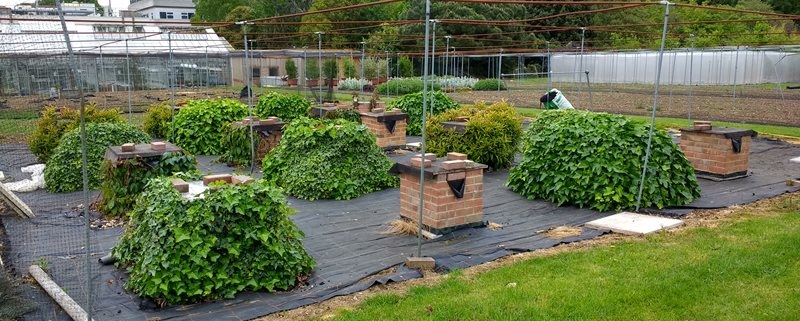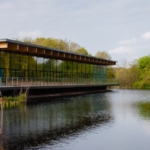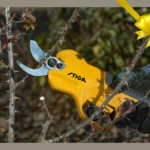New RHS Research Reveals Rich Invertebrate Abundance within Green Façades
New research by scientists at the Royal Horticultural Society (RHS) shows that ‘green façades’ support a wide range of invertebrates, and demonstrates their important role in enhancing the biodiversity of urban areas.
Examining three different self-supporting climbers, Hedera helix (common ivy), Parthenocissus tricuspidata (Virginia creeper) and Pileostegia viburnoides (climbing hydrangea), the research shows that plants grown against walls to create a green façade provided an important resource for invertebrates; the more vegetation there is, and the more varied, the more invertebrates are supported.

New RHS Research Reveals Rich Invertebrate Abundance within Green Façades
Whilst green walls are generally considered to bring wildlife benefits to urban ‘grey’ areas, this research is the first of its kind to deliver evidence-based guidance on the subject which further encourages the creation of green façades in urban areas.
In towns and cities where garden space is at a premium, vertical greening is a positive solution for gardeners who want to improve their limited garden spaces and benefit wildlife.
Andrew Salisbury, Head of Plant Health at the RHS, said: “Greening walls with climbers and other plants creates places for a wide range of invertebrates, including beetles and a variety of predatory invertebrates, to live and to feed.
In urban areas where many people have little space to garden they can bring huge benefits – not only supporting invertebrates, but providing shelter and food for birds and other wildlife too.”
The research used replicated miniature building plots designed to quantify and compare the potential biodiversity benefits associated with three plant species that are commonly used to create green façades – common ivy, Virginia creeper and climbing hydrangea.
Some of the mini-buildings in the study were left bare, some planted with just one type of climber and some planted with more than one type of climber.
Over the course of two growing seasons the buildings were sampled for invertebrates and the findings reveal that the number and variety of invertebrates increased with wall vegetation depth and cover.
Meanwhile bare walls supported almost no invertebrates. Considerably more invertebrates were collected from the wall covered by common ivy (the most vigorous and densely-leaved climber) compared to the other two climbers, while the combination of two different forms of common ivy showed a higher invertebrate abundance compared to common ivy alone.
In addition to improving biodiversity, green façades provide a range of other benefits including the regulation of temperatures, moisture retention, sound-dampening and trapping of gaseous and particulate pollution.
The research was published as a paper, entitled ‘Careful plant choice can deliver more biodiverse vertical greening (green façades)’ in the Urban Forestry and Urban Greening journal.
For more information on the RHS research into green façades, visit: https://www.rhs.org.uk/science/green-facades-project
For the latest industry news visit landscapingmatters.co.uk/news
Get all of the big headlines, pictures, opinions and videos on stories that matter to you.
Follow us on Twitter and Instagram for fun, fresh and engaging content.
You can also find us on Facebook for more of your must-see news, features, videos and pictures from Landscaping Matters




